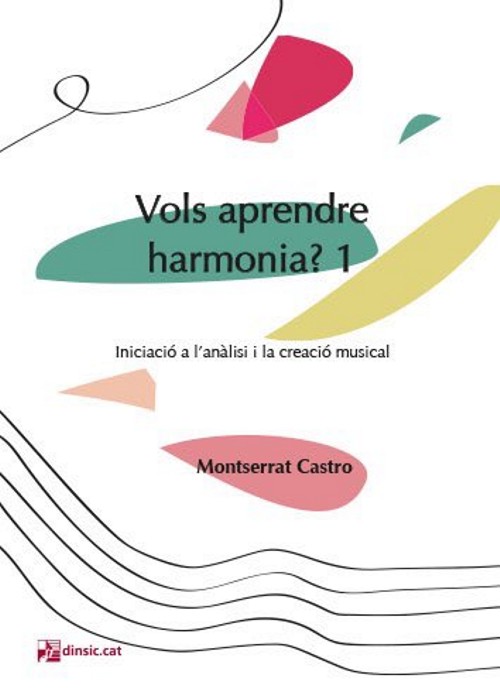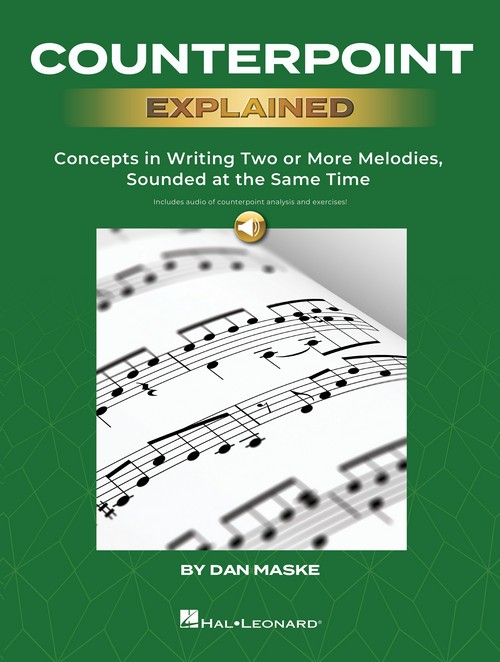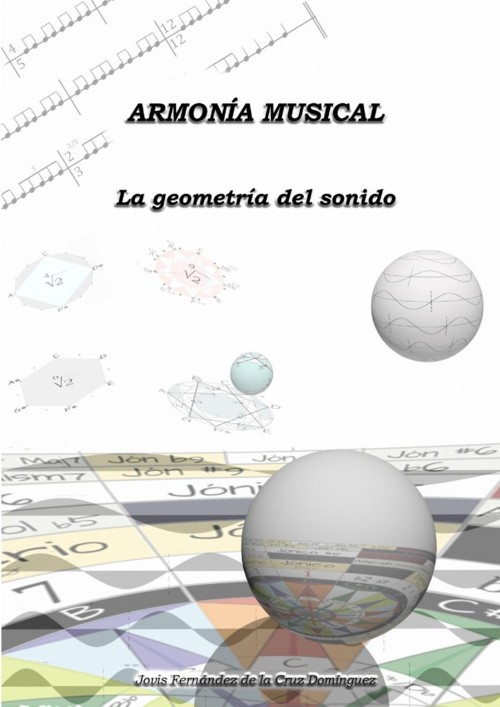
Harmony, Counterpoint, Partimento: A New Method Inspired by Old Masters
Ijzerman, Job
Oxford University Press. 2019Ficha técnica
- EAN: 9780190695019
- ISBN: 978-0-19-069501-9
- Editorial: Oxford University Press
- Fecha de edición: 2019
- Encuadernación: Rústica
- Dimensiones: 18x25,5
- Idioma: Inglés
- Nº páginas: 375
Bajo pedido
Sin stock. Si se pide hoy, se estima recibir en la librería el 29/04/24¡GASTOS DE ENVÍO GRATIS!
PVP. 82,60€
Añadir a la Lista de deseos
A new method of music theory education for undergraduate music students, Harmony, Counterpoint, Partimento is grounded in schema theory and partimento, and takes an integrated, hands-on approach to the teaching of harmony and counterpoint in today's classrooms and studios. A textbook in three parts, the package includes:
· the hardcopy text, providing essential stylistic and technical information and repertoire discussion;
· an online workbook with a full range of exercises, including partimenti by Fenaroli, Sala, and others, along with arrangements of eighteenth- and nineteenth-century compositions;
· an online instructor's manual providing additional information and realizations of all exercises.
Linking theoretical knowledge with aural perception and aesthetic experience, the exercises encompass various activities, such as singing, playing, improvising, and notation, which challenge and develop the student's harmonic, melodic, and rhythmic imagination. Covering the common-practice period (Corelli to Brahms), Harmony, Counterpoint, Partimento is a core component of practice-oriented training of musicianship skills, in conjunction with solfeggio, analysis, and modal or tonal counterpoint.
CONTENIDO:
Preface
Part 1 Harmony in Two and Three Parts
Chapter 1 Two-Part Scale Realization
1.1 Parallel Thirds and Parallel Sixths
1.2 Alternation of Thirds and Sixths
1.3 Suspensions: Sevenths and Seconds
1.4 Alternative Voice Leading of Suspension Patterns
Chapter 2 Three-Part Scale Realization
2.1 The Fauxbourdon
2.2 The Monte and the 7-6 Fauxbourdon
2.3 The Stepwise Romanesca
2.4 Fifth Down Fourth Up
2.5 The Tied Bass
Chapter 3 The Three-Part Cadence
3.1 The Simple Cadence
3.2 The Compound Cadence
3.3 The Double Cadence
3.4 The Galant Cadence
3.5 The Neapolitan Cadence
Chapter 4 The Rule of the Octave
4.1 The Ascending Pentachord
4.2 The Descending Pentachord
4.3 The Ascending Tetrachord
4.4 The Descending Tetrachord
Chapter 5 Galant Schemata
5.1 The Leaping Romanesca
5.2 The Quiescenza
5.3 The Prinner
5.4 The Monte Romanesca
5.5 The Fenaroli
5.6 The Folia
Part Two Harmony in Four Parts
Chapter 6 Fundamentals of Four-Part Harmony
6.1 The Compound Cadence (II)
6.2 The Galant Cadence (II)
6.3 The Discant Cadence
6.4 The Dominant Seventh Chord
6.5 The Dominant Seventh Family
6.6 The Four-Part Rule of the Octave
Chapter 7 Beyond the Rule of the Octave
7.1 The Diminished Seventh Family
7.2 Fifth Down Fourth Up and Third Down Second Up
7.3 The Tied Bass (II)
7.4 Descending Thirds
7.5 The Folia (II)
Chapter 8 Chromaticism
8.1. The Fonte
8.2 The Chromatic Monte
8.3 Tonicization in Descending Thirds
8.4 The Chromatic Tetrachord: The Lamento
8.5 The Chromatic Tetrachord: Advanced Realizations
8.6 The Chain of Dominants
Chapter 9 Enharmonization
9.1 The Minor Seventh and the Augmented Sixth
9.2 The Augmented Sixth and the Minor Seventh
9.3 Enharmonizations of the Diminished Seventh Chord
9.4 Enharmonizations of the Augmented-Fifth Triad
9.5 The Omnibus
Appendix I Chord Construction
Appendix II Cadences
Online Supplements:
Workbook
Realizations of the Exercises
Manual for Teachers
Midi Sound Files of the Examples





